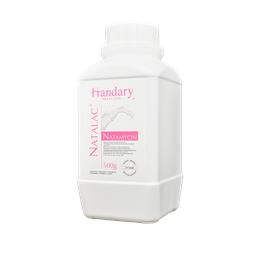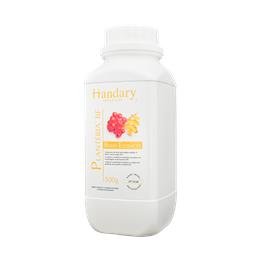Description
Cream and concentrated milk are dairy products that are made by removing water from milk to increase their fat content and create a richer and creamier texture.
Cream is a dairy product that contains at least 35% milk fat. It can be separated from whole milk by allowing the milk to stand and allowing the cream to rise to the top. Cream can be used in a variety of ways, such as a topping for desserts or in sauces and soups to add richness and flavor.
Concentrated milk, also known as evaporated milk or condensed milk, is made by removing around 60% of the water from whole milk. This process increases the milk's thickness and creates a sweeter flavor. Evaporated milk is commonly used as an ingredient in recipes, such as creamy pasta sauces or desserts like pumpkin pie. Condensed milk is sweetened with sugar and is often used in baking, such as in fudge or caramel.
Yeasts Contamination
Osmophilic yeasts are a type of microorganism that can cause spoilage in cream and concentrated milk. These yeasts thrive in high-sugar environments and can cause fermentation and off-flavors in dairy products.
To prevent the growth of osmophilic yeasts in cream and concentrated milk, manufacturers typically use pasteurization to kill any microorganisms present in the product. They may also use preservatives or other antimicrobial agents to prevent spoilage.
Overall, preventing the growth of osmophilic yeasts in cream and concentrated milk requires a combination of proper ingredient handling, production practices, and storage conditions. By following good manufacturing and storage practices, manufacturers and consumers can help to ensure that these products remain safe and free from spoilage.
 English
English 简体中文
简体中文 Français
Français Español
Español

